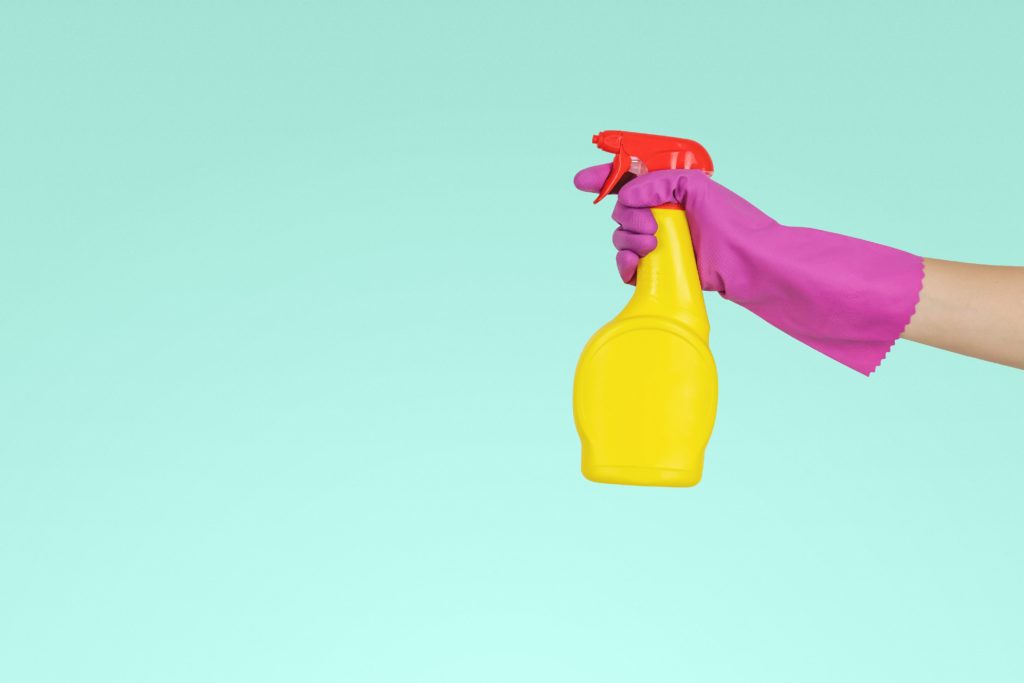 In a post-COVID world, being clean is one of the most critical components of upholstery, particularly in commercial settings. Whether in a hotel, on a plane or in a healthcare facility, being able to properly clean and disinfect furnishings is more important than ever.
In a post-COVID world, being clean is one of the most critical components of upholstery, particularly in commercial settings. Whether in a hotel, on a plane or in a healthcare facility, being able to properly clean and disinfect furnishings is more important than ever.
In most upholstery, fabric applications will not stand up to the rigors of cleaning required to remove viruses and bacteria. Enter vinyl.
The best surfaces for proper hygiene are solid, unbroken and impermeable, like vinyl. They serve as both a barrier between the product and user, as well as a flat surface that can’t hide dirt and germs or let liquids permeate. A solid surface will always outperform a woven textile when it comes to cleanliness and durability.
And while leathers are mostly impermeable, they can’t handle the rigors of cleaners that eliminate bacteria and viruses. But vinyl can offer the style of leather, along with its impermeable qualities, with an added dose of durability that allows it to remain undisturbed by harsh cleaning products.
Topcoats are important, too. Vinyl topcoats for PVC impart critical performance properties. A coating can enhance abrasion and stain resistance, surface cleanability and provide UV resistance. They can also improve mold and mildew resistance.
But being “clean” isn’t just about maintenance techniques. That word also refers to a product’s sustainability and environmental impact, a factor that also has increased in importance since the pandemic.
Inherently, vinyl is a more sustainable product than most fabrics, because vinyl lasts twice as long as fabric does in the field. Meaning those fabrics often end up in landfills because of the need to replace them more often. And Morbern’s dedicated second-quality team redirects material to other markets and applications so that it is kept out of landfill sites.
Beyond that, Morbern has taken additional steps to reduce its carbon footprint and environmental impact.
Unlike other polymers such as PU, 50% of PVC (vinyl) is made up of common salt – this makes it less reliant on fossil fuel and easily recyclable. Large quantities of vinyl are re-melted into many useful products and, in contrast to silicone, numerous vinyl-recycling facilities can be found all over the world.
At the plant, Morbern uses 99% renewable hydroelectric power, and its closed-loop cooling circuits installed in 2016 reduced the company’s water consumption by more than 75%. And the water that flows out of the plant at the end of the manufacturing process is clean enough to drink.
To improve air quality, Morbern uses low-VOC (volatile organic compounds), water-based top coat finishes rather than solvent formulations. And the company installed a new coater to better control emissions and improve the air quality of its surrounding community.
Being clean—both physically and environmentally—means more than ever. And Morbern continues to innovate and improve both the cleanability of their products and the clean processes to make them.



